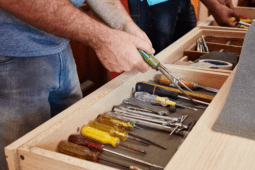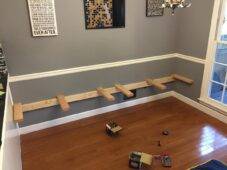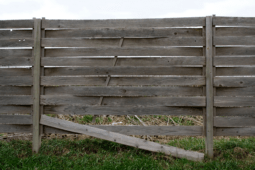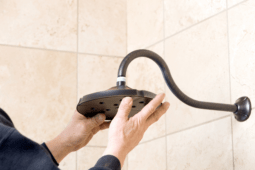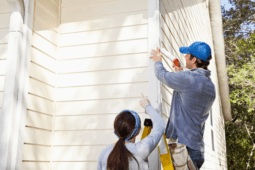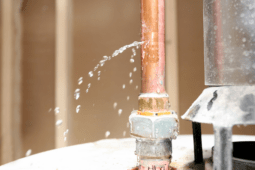The ManMade Guide To Better Product and Tabletop Photography
There are sorts of reasons a guy would wanna take great photos at home: an artist or crafter, online shop owner, Instagram power user, or just an everyday documenter extraordinaire.

No matter your focus, these easy and affordable tips will help you dramatically improve your photography skills.
They say a picture is worth a thousand words, so when the photos are lacking, so are the words, and likes, and comments, and overall quality. With sites like Pinterest, Instagram, and Facebook driving massive traffic to blogs and websites (primarily through images), you gotta stay on top of your game and get your slice of the online cake!
You don’t need a super expensive set up to be able to capture great photos. All you is good lighting and a few tricks to get THE shot. Grab your camera and follow along this Manmade Guide to Better Product Photography.

The Tools
- Product and props: these are the stars of the show. Make sure to have a couple extra products in case one of them gets dirty (.e.g food splattering). Select just a few props that will compliment your product. Keep it minimal and simple so the focus remains in the product.
- Light reflector (optional): you can buy one on Amazon or at any photography shop. You can also look for second hand reflectors on sites like Kijiji or Craigslist. Choose one that has white and a combination of either silver or gold (silver reflects “cooler” light, gold is warmer and great for portraits, white is neutral and works for everything). You’ll see how to use it in a sec.
- White foamcore board or white cardstock paper: these will also work as reflectors and are super affordable, make sure the colour is pure white. Any other shades (cream, pastel, etc) will cast unwanted colours on your photo.
- Backdrop/background: you can get a piece of fabric or even some paper some the craft store. Craft paper works great, so do old chalkboards. This will be your products’ “canvas” so make sure it fits the design and theme.

The Setup
- Use natural light: you can do wonders with natural light and there’s absolutely no need to spend thousands of dollars in lighting equipment (unless you become and pro and totally ace at it..and have the budget). To get the most out of the daylight, place your setup by a sunny window. Best times are usually in the morning when the light is nice and soft or later in the evening (though it might cast a yellow-ish hue from the sunset). If it’s way too bright, tape a white translucent shower curtain (yep!) to your window to act as a diffuser… or any silky white fabric will do, too. Again, go for white white and nothing tinted.
- Bounce some light: to get rid of harsh shadows place your white foam board or paper on the opposite side of your light source. Move it around a little to see where the light reflects. You can use a couple wooden blocks or even some books to keep it from tilting and falling.
TIP: make sure all other light sources in your house are turned OFF. The more lighting sources you mix the harder will be to get a nice white balance. Also, avoid wearing crazy bright colours as this will also could bounce onto your product.
Sure, you can fix these things when you edit your photo, but the less you have to edit, the better!
If one white foam board is not enough and you still have some harsh shadows OR you want to add some light on a specific spot, then you can use the reflector we mentioned above (or a smaller piece of white paper). See example below:

You can hold the reflector using a clamp or ask a friend to hold it! (this one was taped to a lamp that has a movable arm).
In the example above you can see with the lines and dots where the light is bouncing. This is basically the handiest tip: just – as the saying goes – chase the light! 99% of the time when you’re like “oh this camera sucks!” It’s probably your lighting. You can even do the same setup and take photos with your phone’s camera and we bet they’ll look great.
Note how we use a piece of faux wood to frame the candle, this is when props really come in handy to make your product pop from its background.
Now, here’s a another example of how bounce cards and reflectors affect your image:

The image on the LEFT was taken with the reflector and a bounce card and has softer shadows, also the colours look a bit more crisp. On the RIGHT there were no bounce cards and you can see more shadows and the candle isn’t as nicely lit.
Mind you, in some situations harsher lighting might look cool (e.g. a tutorials that use rough materials). We suggest you master proper lighting techniques before venturing into crazy creative shoots, this way if anything looks wrong, you’ll know how to fix it.
And that’s it! With these super easy steps and setup you’ll be able to take great photos. Got any extra tips and tricks of your own? Let us know in the comments below.

